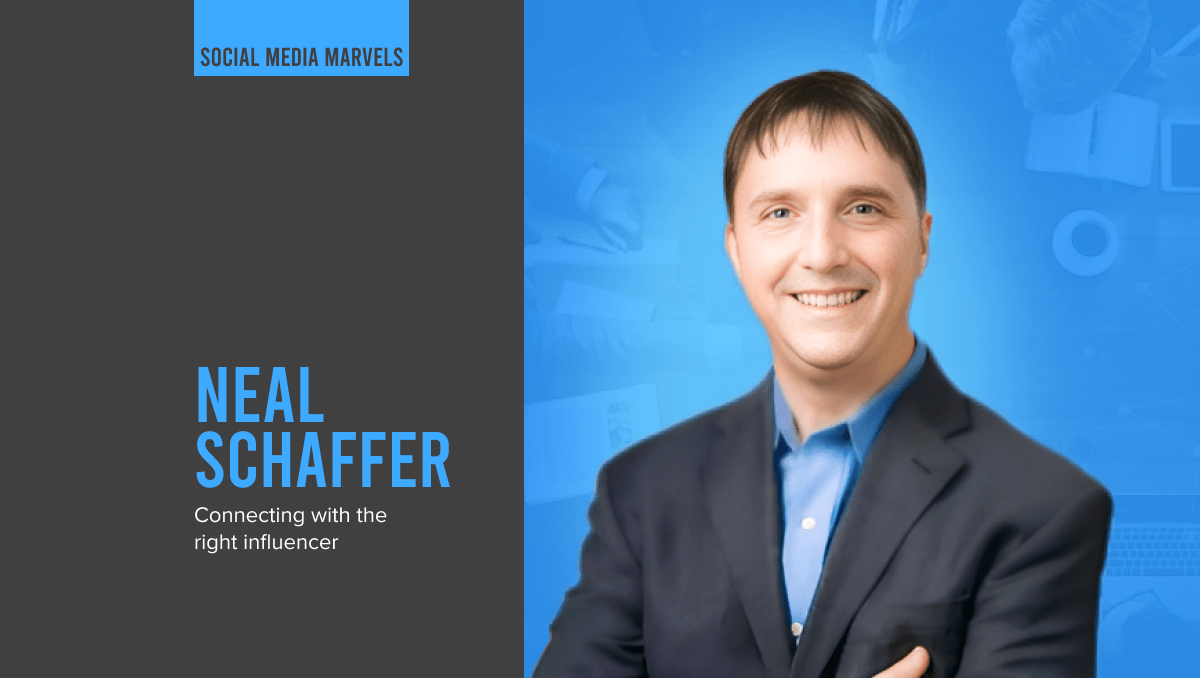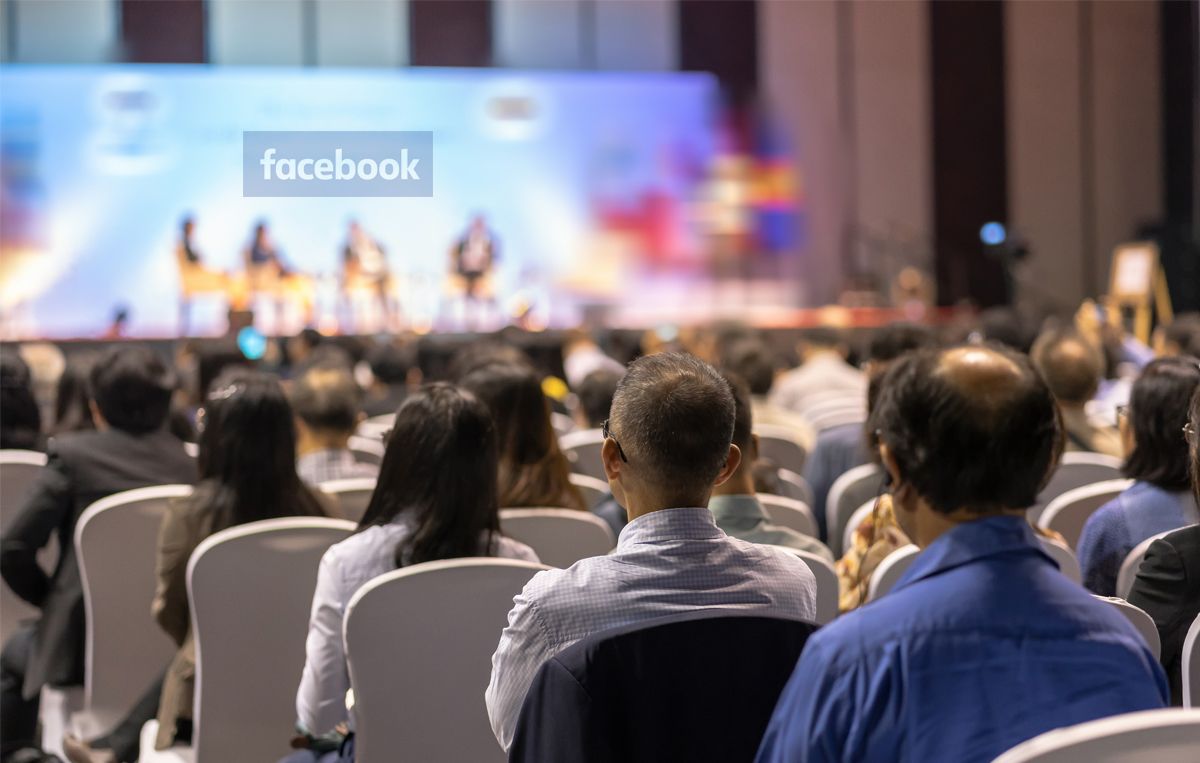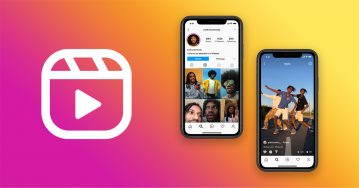The social media marvels had 2-time social media author, Neal Schaffer. He spoke about influencer marketing, the topic of his new book. What the strategy should be, and how to leverage it. We also have a little chat about his love for Japan and the reason behind. All this and much more in this episode.
Find the summarized
What Do I Expect from the Video :
- Basics of influencer marketing as a strategy.
- Various forms of influencer marketing
- Where do I start? How do I get in touch with various influencers?
- Who should I choose as my brand ambassadors – Micro-influencers or Celebrities?
Q – It’s not an unknown fact that Influencer marketing brings a huge ROI. What are your thoughts on it?
A – Let’s not jump into strategy implementation because others are doing the same within your industry or if its bringing in X amount of return. The needle can move either way. I would suggest understanding the cause behind this increasing trend – why are companies increasing dependence on influencer marketing?
In order to establish market presence, companies undertake various activities, social media marketing being one of them. More and more companies are investing in social media marketing these days. But organic reach on these platforms have been on a decline. And hence the resources are also allocated towards paid advertising.
Social media marketing hence has become a heavy investment. The reason why influencer marketing works is because of the audience reach an influencer has. An influencer comes with a highly engaged audience, who are influenced by opinions. So a company leverages the influence and reach the person brings along. Every social media platform focuses on how the content is consumed by each user. With a higher engagement rate, the reach is extended since affinity towards that content is high.
Besides reaching your audience on social media, influencers expand your reach with word-of-mouth marketing, brand ambassadors, via affiliate marketing. This strategy purely deals with people, it requires significant time and effort, can’t be automated but ensures a highly engaged and involved base.
You don’t need to establish it in a conventional way. This strategy is quite flexible. It can vary from involving celebrities to micro-influencers to even employee advocacy. You can convert your loyal customers into influencers too. So it’s highly variable and flexible.
With the age of digital media and audience presence online, tapping into this strategy makes sense. It deals with knowing your worth in the eyes of real people. Brand value, product review, company perceptions. All these facts surface once you get into influencer marketing. It’s all about building that niche community and relations via that loyal community. It can’t be a one-time event, or monetized at every level. It is about building strong network connections.
Q – What is the difference between affiliate marketing and influencer marketing as a whole?
A – Affiliate marketing is a subset of influencer marketing. It works on the principle of promoting your product in return for a commission. Hence, it is a transactional relationship. In order to move the needle, work on sectioning affiliates. Reward high-worth affiliates with higher commission margins, work on building a one-on-one relationship with them. It’s about shifting the transactional mindset to a value-based thinking. Once you start assigning value to your relationships, you can even get employees on-board as influencers.
Also, not everyone is keen on affiliate marketing. It is also difficult to gauge whether your affiliates are also working for some of your competitors. Because for them it’s all about the monetary value any program adds. Influencers require a different mindset to build relations with.
Jagruti – Yeah. That, that is actually true. I mean, so like you said, influence marketing is about building a community. So I was just thinking with influencers, in my opinion, you need to build a relation with one person like the influencer himself, because he or she has an influence over a community. So once you start building a relationship or you have a long lasting relationship with one influencer, you also automatically by default reach his or her community. But so should small and medium businesses first target, like create their own niche community and then reach out to an influencer or directly target and influences community? Which is like, which he’s gotten handheld by just building it with one person.
When it comes to leveraging the right influencers, it all comes down to your marketing objectives and the goals you have set. For example, a UK-based company, Lush, announced they were gonna stop doing organic social altogether. There were just going to let people in social media talk on their behalf. Which I thought was a pretty brave move. But that goes to your question, should we build our own, should we just forget about our going social and just work with influencers?
This depends on the amount of influence a brand might have already. Higher the perceived influence of your brand, more number of people would want to work with you. It’s all about building that community and growing that community.
For example, if you reach out to an influencer with a strong follower base, chances are they are going to respond. Your followers, engagement establish your credibility and worth. Hence, don’t disregard organic presence on social media. So even if you push out sponsored content, your organic engagement adds that real/human touch for someone coming across your brand for the first time.
Q – An outreach strategy which every business should utilize if they want to do influencer marketing?
A – There are a couple of different ways to start out with. One being reaching out to fans or audience that have a brand affinity. For example, audience who have liked or commented on your content. Recognize the ones that have a community of their own, see the kind of engagement they are getting on their page. Offer them a free trial, free product or service. Ask them to leave a review.
Another target could be different tiers of influencers – micro, macro, and celebrity. Again besides focusing on their follower count, analyze their influence with the level of engagement they get on their posts. Would they be relevant in shifting opinions? They already have a community of their own. Check whether their audience is relevant to you, before reaching out to them.
You can also vie for different kinds of collaborations – guest blogging, sharing content, interviews, link exchanges, etc. Research which route you would choose, and also define the metrics to measure the ROI they bring your way. Set a bunch of incentive strategies – not everyone is looking to gain monetary incentives or free services.
Q – So your LinkedIn bio said you have close ties with Japan and you been to around four continents to speak across various events. So, and are also fluent in Japanese, and Mandarin, and Chinese. So why the affinity towards Asia?
A – I didn’t expect you were gonna ask me that. So I grew up, we live in such a multicultural, international society now. I live in a city where my children go to elementary school, where in their class there might not be any Caucasian. My wife is Japanese. So my children are mixed. Right? And I think in my son’s elementary school class of 32, I don’t think there’s one Caucasian. There are a few like my son who are mixed, but it’s Chinese, it’s middle Eastern, it’s Indian. This, it’s a beautiful world we live in. Right?
So that’s today. When I was growing up, I lived in the community we’re about 30% of the people in my high school were international. And most of my friends in high school were Asian. Primarily East Asian and Chinese American, Korean American, Japanese American. So I was already going to birthday parties in high school where I was the only Caucasian.
So when I went to university I said, “I’m gonna learn, and they were mainly Chinese. I’m gonna learn Chinese, and I’m going to do my junior year abroad in China.” And I did that. Right. And that’s how I learned the Chinese. And then in China, my roommate was Japanese and I made tons of friends with Japanese studied in China, and we all spoke Chinese to each other. But it was after that that I had spent my senior year learning Japanese, and then after I graduated, I went straight out to Japan. Where there are more opportunities for me to China at the time.
So when I look at all the top hundred social media influencers, what have you, none of them speak Japanese, obviously. So I said, “I really have a leverage in this aspect.” So I started, I used to go back for family when our kids were babies, go back and see the grandparents. I said, “I’m going to invest in time. I’m going to go to Tokyo-” Because my wife’s family’s from Osaka. “I’m going to Tokyo and just, I’m going to network with other people in the industry.”.
So I use LinkedIn and I found people that were involved in social media and just from networking, I was able to like myself into the social community of marketers and marketers that, the doers in Tokyo. And I’ve maintained those relationships. And it’s come to the point where I started to develop actual business from those relationships. I get to choose companies, what have you. So now I go quarterly to Japan. I have retainer clients.
And it’s a great market and I consider myself an educator above everything else, whether I’m consulting and speaking or, even my agency, it’s really about educating companies on what they can be doing. And if they need my help, great. If not, if you want to do it yourself, that’s awesome. But there’s tremendous potential in Japan because, believe it or not, they’re really far behind when it comes to marketing. They’re really far behind on digital and social. So especially B2B. So there’s just tons of opportunities for me there and I love the culture of the people to have fun. So yeah, I’ll be out there two weeks from now, my next quarterly visit.
Q – The last two books that you’ve written were basically about social media in general and how they drive your marketing strategy or they drive you sales. Then you jumped into the business of influence, which is really niche targeted and it just covers influencer marketing. So what inspired you to write that?
A – My first two books were more about LinkedIn. My most recent book, Maximize Your Social, was about social media strategy. Once I started getting business, my activities revolved around LinkedIn and social media strategy. Hence, it was more so related to B2B selling via social media. Hence, Maximize Your Social has elements of social media strategy and social media ROIs.
The next frequent question I was asked was how to monetize YouTube and Instagram. How should I expand my influence? And while doing my research for it, I realized this is slowly becoming a major component of the marketing mix. And that there were companies like startups that just focus on a certain demographic on Instagram, where it might be 100% of their marketing is just all influencers.
So that’s where I realized that there was a gap. there existed a gap in the fundamental understanding of influence marketing and what it can do for businesses. And there wasn’t a playbook that existed either. This is how I decided to write about it. You can view it as a niche for now, but it deserves to become mainstream.
The Age Of Influence, represents the way companies should be thinking today. Because they’ve already been doing social media for a decade.They probably haven’t been doing as much with influences. Or maybe they’ve done it on and off, but really haven’t done it strategically.
And I think that influencer marketing has its ups and downs, and companies have been burned, some companies have not been working with the right influencers. It does not have to cost a lot of money, it may not even require money at all, but you need to tap yourself into people that influence the customers you want to reach, and you need to create collaborative relationships.
Q – How do small businesses work with micro-influencers or influencers on a whole?
A – It depends on the kind of product you have or the kind of company you. Are celebrities talking about your product if you’re into B2B selling? Or you have a niche that is being influenced by micro-influencers?
Also, categorizing influencers based on follower count is a bit of an eye-wash. There have been so many cases of buying out fake followers, or having fake engagement. Instead, choose a micro or even a nano influencer, with a highly engaged community, allowing your product to reach his audience. Buying intent between engaged communities is significantly higher than communities of major influencers or celebrities.
Another issue with vying for the top influencers is competition. They might have various companies reaching out to them. Your competitor brand may have already established the influencer as their ambassador. Top influencers need to be compensated heavily as well.
So I would suggest that every celebrity you reach out, also reach out to a few micro-influencers. You can also leverage user-generated content, like loyal customers that have been long-standing fans of your product/service/brand.
The #SocialMediaMarvels is a podcast series that invites digital marketing influencers from across the world to celebrate their journey and get a glimpse of their contributions to the field. Get actionable tips, learn directly from the practitioners, and imbibe it to help your business.


